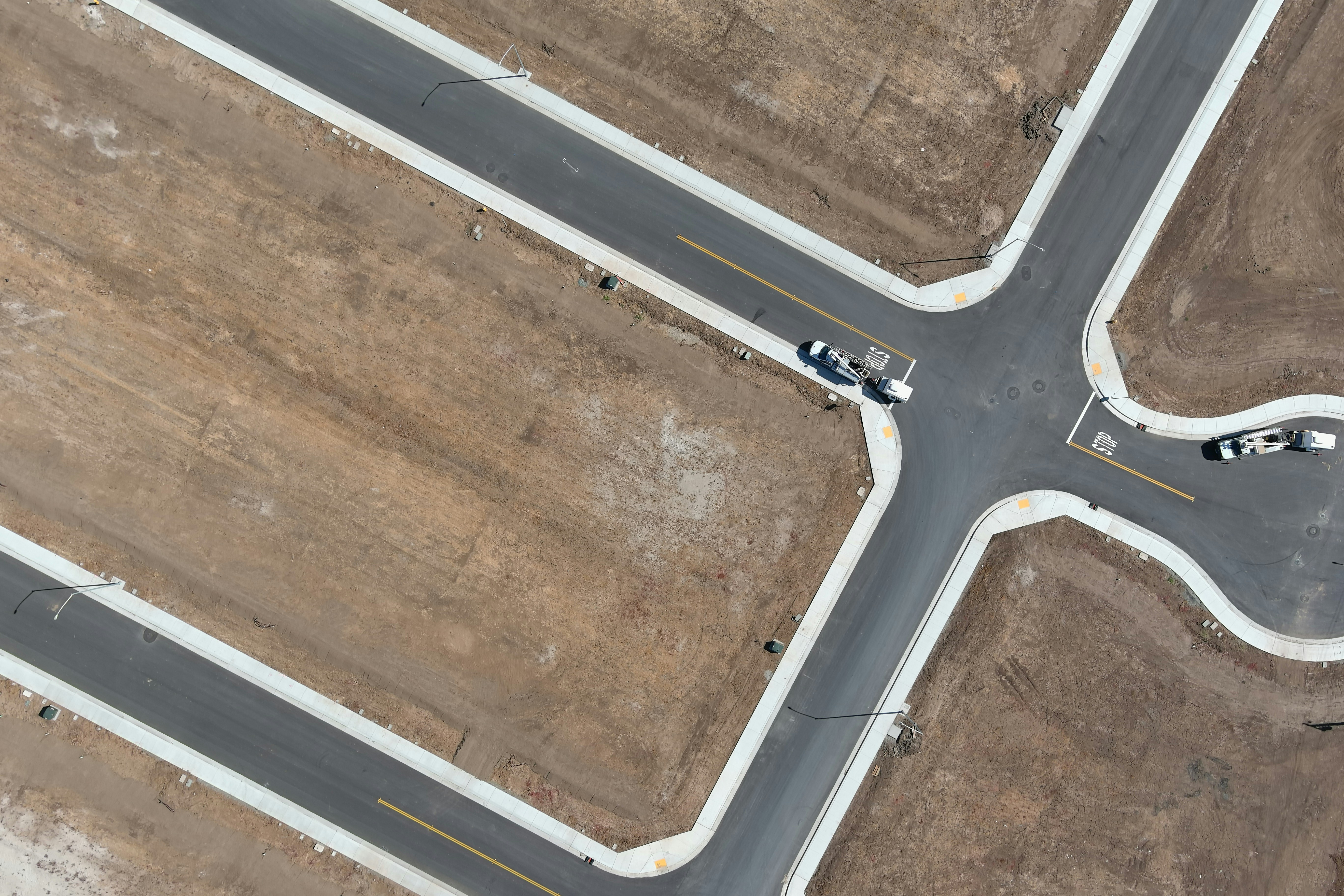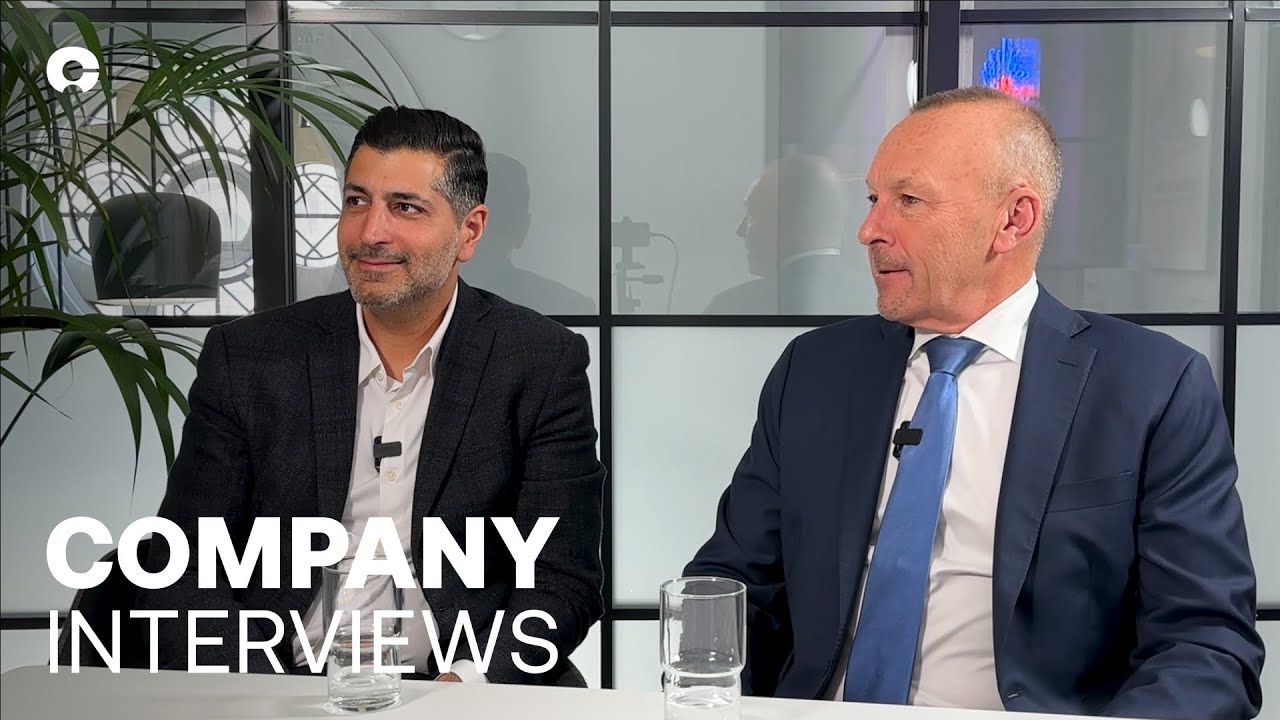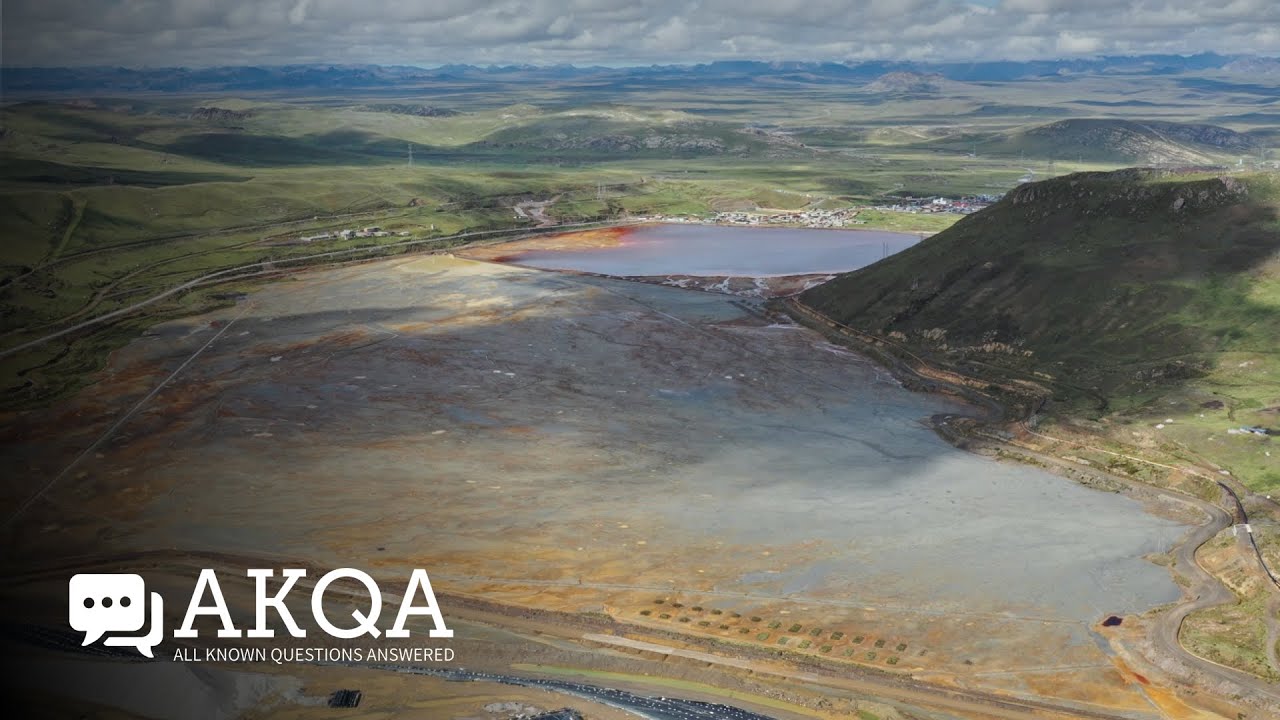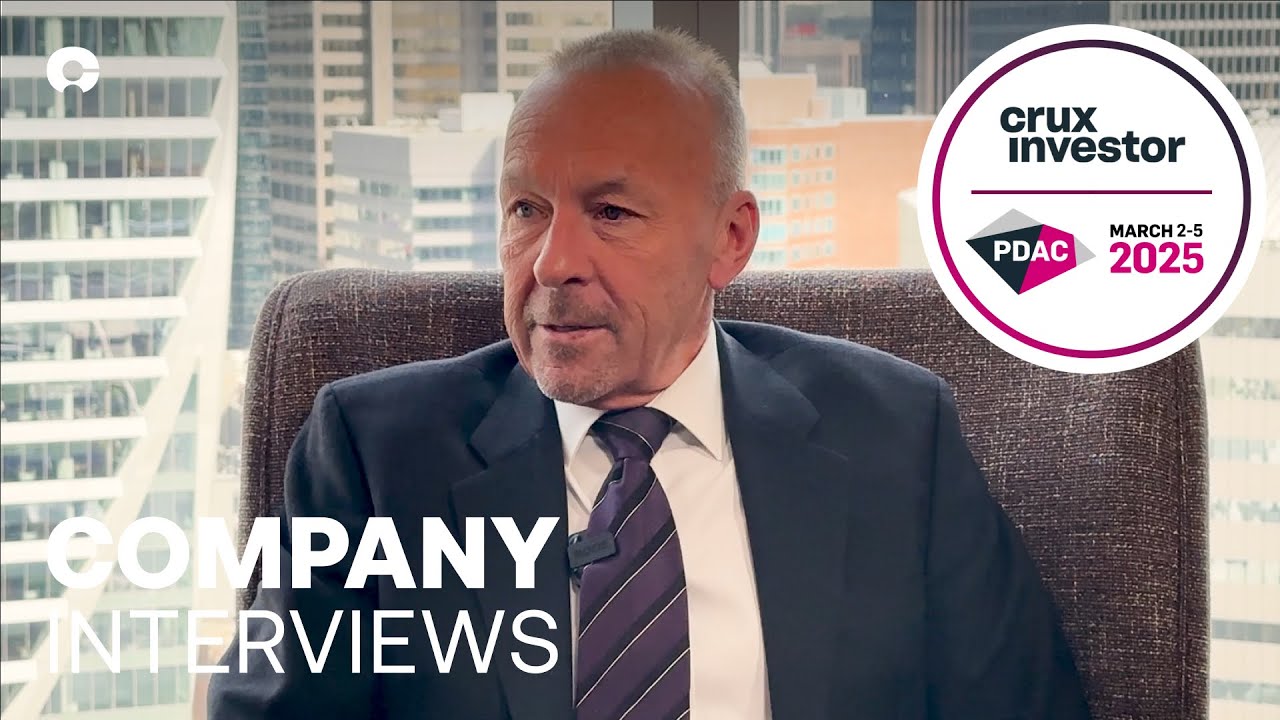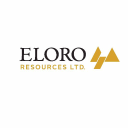Pan American Silver Corp.
NYSE: CLOSED
TSE: CLOSED
LSE: CLOSED
HKE: CLOSED
NSE: CLOSED
BM&F: CLOSED
ASX: CLOSED
FWB: CLOSED
MOEX: CLOSED
JSE: CLOSED
DIFX: CLOSED
SSE: CLOSED
NZSX: CLOSED
TSX: CLOSED
SGX: CLOSED
NYSE: CLOSED
TSE: CLOSED
LSE: CLOSED
HKE: CLOSED
NSE: CLOSED
BM&F: CLOSED
ASX: CLOSED
FWB: CLOSED
MOEX: CLOSED
JSE: CLOSED
DIFX: CLOSED
SSE: CLOSED
NZSX: CLOSED
TSX: CLOSED
SGX: CLOSED

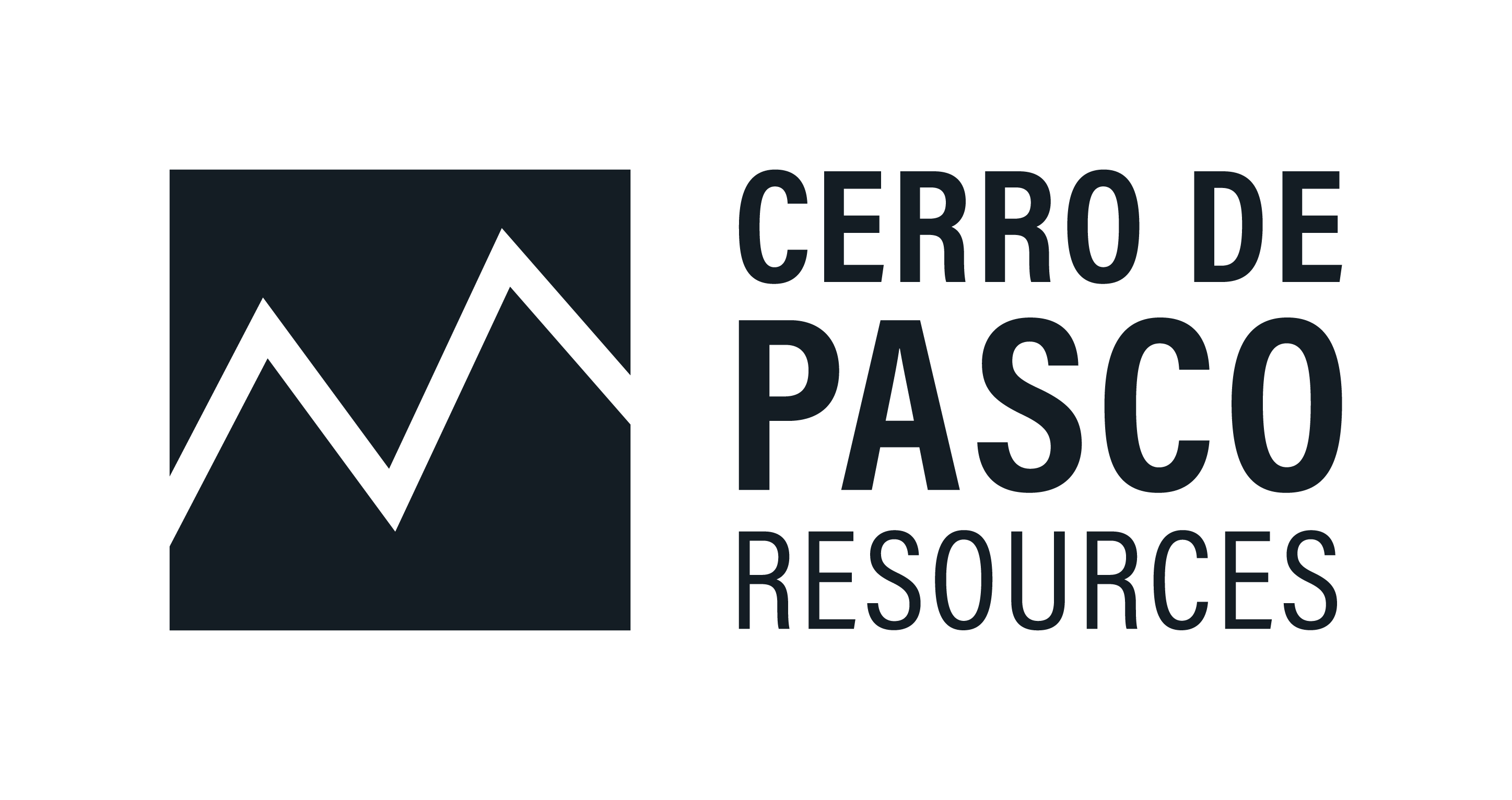
Cerro de Pasco Resources

Crux Investor Index
7
–
Market Cap (USD)
162000000
Symbol
TSXV:CDPR
OTCQB:GPPRF
Stage of development

Development
Primary COMMODITY
Silver
Additional commodities
Zinc
Lead
Copper
Cerro de Pasco Resources Inc. (TSXV: CDPR, OTCQB: GPPRF, BVL: CDPR) is a Canadian mining company focused on the development of its principal 100% owned asset, the El Metalurgista mining concession located about 175 kms northeast of Lima in central Peru. The 95 hectare concession comprises silver-rich mineral tailings (Quiulacocha) and stockpiles (Excelsior) accumulated over a century of operations from the Cerro de Pasco open-pit and underground mine.
The Quiulacocha Tailings Facility is estimated to contain 423 million ounces of silver equivalent (AgEq) across silver, zinc, lead, copper and gold, including critical elements gallium and indium. This material was deposited from 1906 to 1992 during two distinct mining periods: the copper era (1906-1965) and the polymetallic era (1952-1992).
The company's business model centers on generating economic returns from this already-mined material, applying innovations in modern reprocessing techniques to enhance recoveries, while addressing community environmental concerns; thus aligning stakeholder interests in a manner that traditional mining models often struggle to achieve.
The region of Cerro de Pasco is known locally as the "Capital Minera" or "Mining Capital", reflecting the area's deep mining heritage. The region benefits from established infrastructure including roads, power grid access, and proximity to existing processing facilities held by third-party operators.
Opportunity
The investment opportunity in Cerro de Pasco Resources centers on several converging market dynamics and unique project characteristics. Recent drilling has confirmed an average grade of 5.5 ounces per tonne (oz/t) silver equivalent, including valuable strategic metals like gallium and indium. The 2024 drilling program completed 40 holes, with assay results yielding average grades of 1.66 oz/t silver, 1.47% zinc, 0.89% lead, 0.09% copper, 0.10 g/t gold, 53.2 g/t gallium, and 19.9 g/t indium.
The tailings reprocessing model offers significant operational advantages compared to traditional mining. Since the material has already been mined, processing primarily involves excavation, wet tailings pumping, and hauling, typically costing between $1 and $2 per ton. This contrasts sharply with open-pit mining costs ranging from $2-15 per tonne and underground mining costs from $30-200 per tonne. The elimination of drilling, blasting, and conventional hauling reduces infrastructure requirements and grade dilution factors to 0-5% compared to 10-50% in traditional mining operations.
Market conditions for the primary metals support the project economics. Silver faces a persistent supply deficit, with 2023 showing a 184.3 million ounce shortfall that is expected to grow by 17% in 2025 driven by industrial consumption. Photovoltaic silver demand has quadrupled since 2015, rising from 59.6 million ounces to an estimated 232 million ounces in 2024. Silver prices have increased 134% since 2016, climbing from $14.01 to $32.75 per ounce by early 2025.
The presence of gallium adds strategic value to the project. China dominates global gallium production with over 98% market share, creating supply chain security concerns for Western nations. Gallium's role in semiconductors, 5G technology, LED lighting, solar panels, and defense applications makes it increasingly critical for energy transition and technological advancement.
Internal economic projections suggest substantial value potential. The base case scenario assumes 40% metal recovery with 10,000 tonnes per day processing at existing facilities, generating $49 per tonne net smelter return and $39 per tonne profit. This translates to $2.9 billion in life-of-mine profits or $140 million annually. An upside case with 70% recovery and 20,000 tonnes per day processing at a new facility, could yield $100 per tonne net smelter return and $6.3 billion in life-of-mine profits or $610 million annually.
Summary
Management Team
The company benefits from an experienced management team with deep expertise in Latin American mining operations and capital markets. Guy Goulet serves as Executive Director and CEO, bringing over 30 years experience in the mining sector and leadership of multiple listed ventures in Canada and internationally. Manuel Rodriguez, Executive Director and President, contributes more than 30 years of management experience specifically in the Peruvian mining sector, including leadership of SM Austria Duvaz with over 700 workers.
Steven Zadka, Founding Partner and Executive Chairman, has over 15 years of transactional and executive management experience across Latin America, the USA, and Canada. James Cardwell, the Chief Financial Officer, is a CPA-credentialed finance executive with over 30 years of C-level experience supporting international clients across various industries.
The board includes several independent directors with relevant expertise. John Carr, an independent director, is a chemical engineer and co-founder of New Century Resources who led the restart of the Century Zinc Mine in Australia, now one of the world's top 15 zinc producers. John G. Booth serves as Lead Independent Director with over 30 years of international experience in finance, law, ESG, and corporate governance of natural resource management.
The management team's local knowledge and relationships in Peru provide significant operational advantages. The company has retained Kallpa Securities SAB as its sponsor and advisor for the Lima Stock Exchange (BVL) listing process, leveraging Kallpa's position as the exclusive sponsor for all ten junior mining companies currently listed on the TSX Venture Exchange and cross-listed on the BVL.
Growth Strategy
Cerro de Pasco Resources has outlined a clear development strategy focused on advancing the Quiulacocha project through technical studies and regulatory milestones. The immediate priorities include advancing mineralogical and metallurgical studies, and formalizing claims on surrounding tailings areas. This will pave the way for the expanded Phase 2 drilling program targeting copper-silver-gold tailings to further define the resource.
Site scoping studies are underway covering geotechnical stability, hydrogeology and hydrology, environmental baseline conditions, infrastructure trade-offs, logistics and marketing, and assessment of mining methods. These studies will provide the basis for the Feasibility Study, which represents a key milestone for project advancement and potential offtake discussions.
The company's listing on the Lima Stock Exchange in July 2025 forms part of a strategy to broaden its presence in Latin America and increase visibility among regional investors. This dual-listing approach provides access to local capital markets while maintaining the primary listing on the TSX Venture Exchange. The BVL is part of NUAM Exchange, integrating stock exchanges of Chile, Colombia, and Peru with combined market capitalization of approximately $476 billion.
The expansion of mineral rights represents another growth vector. The company believes the Quiulacocha Tailings Project has potential to increase significantly upon conferral of government-owned surface rights that surround the El Metalurgista mining concession.
Environmental remediation provides both social license and potential revenue streams. The project addresses legacy acid water contamination while recovering valuable metals, creating alignment between commercial objectives and environmental restoration. This approach supports sustainable development goals and may qualify for environmental incentives or carbon credits.
Processing partnerships offer a path to reduced capital requirements. The company can leverage existing regional processing capacity of 20,000 tonnes per day through third-party arrangements, minimizing initial capital expenditure while maintaining operational flexibility. This approach allows for phased development and risk mitigation during the initial production phases.
Charts
Details
Financial Overview
Cerro de Pasco Resources significantly strengthened its financial position in fiscal 2025, reporting net income of $24.6 million compared to a net loss of $29.3 million in the prior fifteen-month period. This turnaround resulted primarily from the strategic sale of the Santander mine operations, which generated a $35.9 million gain and eliminated over $70 million in associated liabilities.
The company's cash balance improved dramatically to $11.5 million from $0.1 million in the prior period, with positive working capital of $6.3 million versus a $55.0 million deficit previously. Shareholders' equity recovered to $6.7 million from a $40.8 million deficit, demonstrating the successful financial restructuring. The company achieved earnings per share of $0.06 compared to a loss of $0.09 per share in the prior period.
The capital structure shows 526.8 million shares outstanding, 19.9 million options, and 130.7 million warrants for 677.4 million fully diluted shares. Management and directors hold 13.8% of outstanding shares, while Eric Sprott holds 16.6%. Market capitalization reached approximately $265 million based on the July 2025 closing price of $0.50 per share.
Between April and July 2025, 17,009,580 warrants and 400,000 stock options were exercised, generating approximately CAD $4.1 million in additional proceeds. This warrant exercise activity demonstrates shareholder confidence and provides additional working capital for project development activities.
The company raised over $17 million through private placements during fiscal 2025, improving liquidity and shareholder alignment. The elimination of convertible debentures and promissory notes removed significant financial obligations and simplified the capital structure. Operating expenses remain controlled while the company advances technical studies and permitting activities.
Current financial resources appear adequate for near-term development activities including completion of drilling programs, metallurgical testing, and feasibility studies. The company's improved balance sheet positions it favorably for future financing discussions as the project advances toward production decisions.
Risk Factors and Mitigation
- Commodity Price Volatility: Project economics depend on silver, zinc, copper, and other metal prices, which are subject to significant market fluctuations that could impact project viability. This is mitigated by diversified metal basket providing protection against single-metal volatility with low-cost extraction model reducing sensitivity to price fluctuations.
- Regulatory & Permitting Risk: Operations in Peru require various environmental and mining permits, with potential delays or changes in regulatory requirements affecting project timelines and costs, while country and political risk exposes the company to potential changes in mining laws or policies. The company addresses this through Supreme Resolution secured with strong regulatory relationships and advancing legal studies, supported by Peru's stable mining-friendly environment with government sustainability alignment.
- Technical & Operational Risk: The 423 million ounce silver equivalent estimate is based on historical metallurgical balances rather than modern NI 43-101 compliant resource calculations, and tailings extraction involves unique technical challenges including slope stability, water management, and processing optimization. This is mitigated through 40-hole drilling program with independent assay verification and ongoing Phase 2 drilling, geotechnical stability studies with qualified engineering firms, and experienced tailings operations personnel.
- Environmental & Social Risk: Historical mining activities have created environmental challenges, and community relations remain important for social license to operate in the region. The company addresses this through tailings reprocessing providing environmental benefits while emphasizing local job creation, and strong local relationships demonstrating commitment to responsible operations.
- Processing & Infrastructure Risk: Project development depends on third-party processing facilities and regional infrastructure, creating operational dependencies and potential capacity constraints. This is mitigated by multiple regional processing facilities with 20,000 tonnes per day combined capacity providing processing flexibility and reducing single-facility dependency.
- Resource Validation Risk: Converting historical estimates to modern resource standards requires successful completion of drilling and technical studies that may not confirm expected tonnages or grades. The company's systematic approach through 40-hole drilling program with independent assay verification and ongoing Phase 2 drilling provides increasing confidence in resource validation.
- Financing Risk: Project development requires capital investment for infrastructure and operations while managing unique technical requirements of tailings extraction. The low-cost extraction model, multiple processing options, and environmental benefits supporting potential government or development finance institution involvement help address funding requirements.
- Execution Risk: Multiple technical and operational components must be successfully integrated, from resource validation through processing arrangements, while managing unique tailings extraction challenges. This is addressed through experienced tailings operations personnel, qualified engineering firms conducting technical studies, and systematic approach to resource validation and development planning.
Conclusion
Cerro de Pasco Resources presents a compelling investment opportunity in the natural resources sector, offering exposure to a unique tailings reprocessing project with substantial scale and favorable economics. The company controls one of the world's largest above-ground metal resources, with 423 million ounces of silver equivalent already mined and available for reprocessing at significantly lower costs than conventional mining operations.
The recent financial restructuring has created a solid foundation for project advancement, with $11.5 million in cash and elimination of major liabilities providing operational flexibility. The experienced management team brings relevant expertise in Latin American mining operations and capital markets, while the dual listing on Toronto and Lima exchanges broadens access to regional investors and capital.
Market fundamentals support the project's value proposition, with persistent silver supply deficits, growing industrial demand, and strategic metal content including gallium and indium. The tailings reprocessing model offers operational advantages including lower costs, reduced environmental impact, and extended mine life compared to traditional mining approaches.
The company faces execution risks common to development-stage mining projects, including resource verification, permitting, and technical challenges specific to tailings operations. However, the mitigation strategies including ongoing drilling programs, comprehensive technical studies, and strong local relationships address these concerns systematically.
For natural resource investors seeking exposure to silver and base metals with a differentiated approach, Cerro de Pasco Resources offers an attractive combination of scale, favorable project economics, and environmental benefits. The project's advancement through technical studies and toward production decisions over the next 12-24 months should provide multiple catalysts for value realization, making it suitable for investors with appropriate risk tolerance and investment timeframes aligned with resource development cycles.







